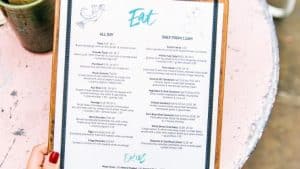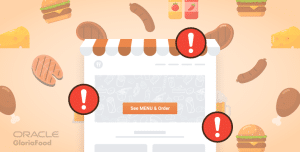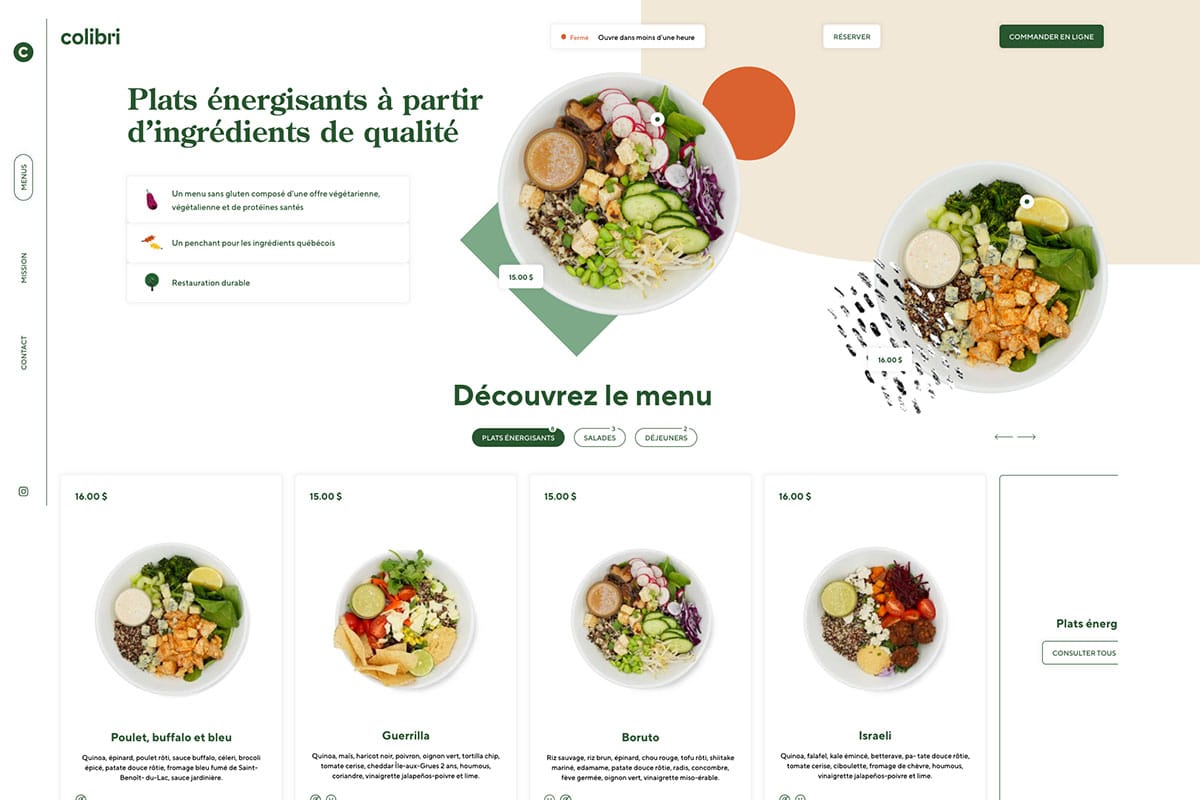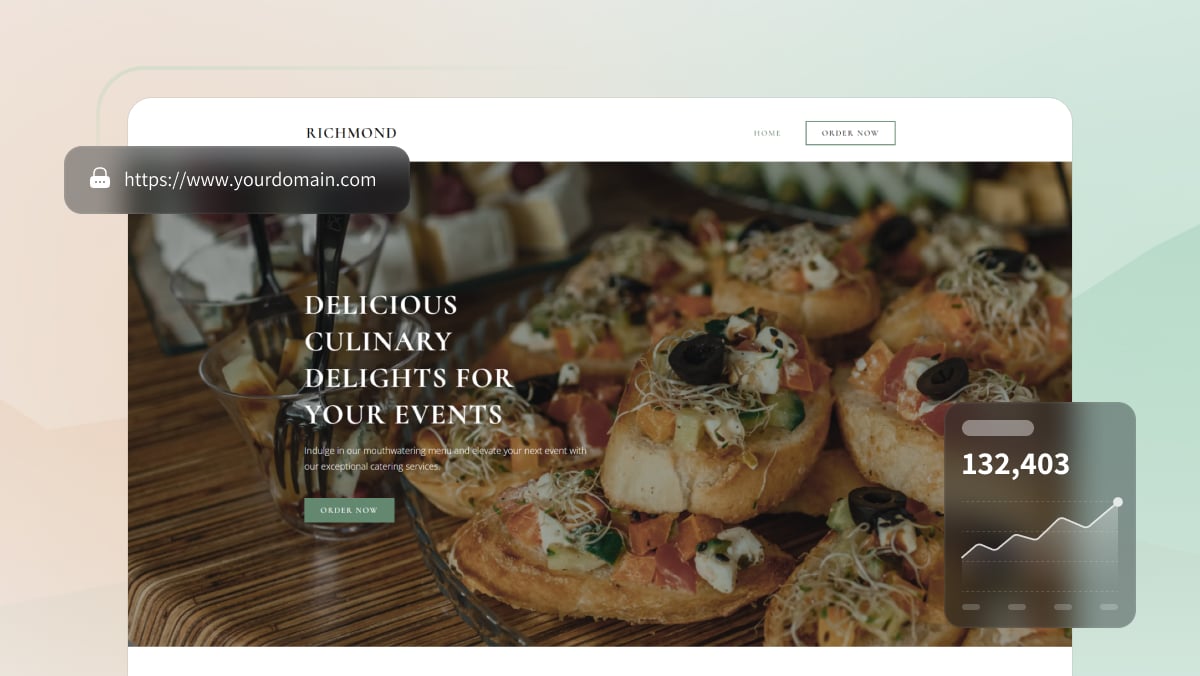Make It Sizzle: Must-Haves for Your Restaurant Website
When someone searches for a great place to eat, the very first impression usually isn’t the aroma of your food or the ambience of your dining room—it’s your restaurant website. In today’s digital-first dining world, a standout website can make the difference between a fully booked Friday night or empty tables waiting for walk-ins.
Your website is your menu, your maître d’, your brand story, and your marketing engine all in one. That means it needs to sizzle—from the moment visitors land on your homepage to the moment they decide to book a table or order online.
In this guide, “Make It Sizzle: Must-Haves for Your Restaurant Website,” you’ll learn exactly what to include in your restaurant website, how to structure it for maximum impact, and what features diners expect before they trust you with their reservations (or stomachs). Whether you run a fine-dining establishment, a lively café, a fast-casual venue, or a family-owned takeaway, these steps will help you craft a restaurant website that stands out in a crowded market.
Why Your Restaurant Website Matters More Than Ever
Let’s be honest—diners today are savvier, fussier, and hungrier for convenience than ever before. Before they even think about walking in, they want answers:
-
What’s on the menu?
-
How much does it cost?
-
Do you have vegetarian or allergy-friendly options?
-
What do other customers think?
-
Can I book online easily?
-
Are you open now?
-
Do you offer delivery or takeaway?
Your restaurant website is your 24/7 digital host, serving your customers the information they need—instantly. A great website boosts trust, increases bookings, strengthens your brand, and turns curious browsers into loyal diners.
The good news? You don’t need complicated tech or a huge budget. You just need to know what matters most.
Let’s dig in.
Step-by-Step Guide: Must-Haves for Your Restaurant Website
1. A Mouthwatering Homepage That Hooks Visitors Instantly
Your homepage is prime real estate. It should instantly communicate your restaurant’s vibe—cozy, upscale, fun, modern, trendy, traditional, or something in between.
Include:
-
A full-width hero image or video showcasing your best dishes or bustling dining space
-
A clear elevator pitch (“Authentic Italian dining in the heart of Melbourne”)
-
Quick links to reservations, menu, online ordering, and location
-
Strong branding and colours that reflect your restaurant’s personality
Pro Tip:
Avoid clutter. Visitors scan a homepage in seconds—keep it clean, bold, and visually rich.

2. A Menu Page That’s Beautiful, Clear, and Up to Date
If your menu isn’t easy to find, easy to read, and easy to understand, visitors will bounce—and likely choose your competitor.
Must-haves:
-
Text-based menu (avoid PDF-only menus—they frustrate mobile users)
-
Pricing (don’t hide it—diners appreciate transparency)
-
Dietary labelling: vegan, gluten-free, dairy-free, nut-free, etc.
-
High-quality food photos
-
Seasonal or rotating specials clearly highlighted
Extra Tip:
Don’t upload blurry or overly edited food pics. Simple, well-lit dishes always look more appetizing.
3. Online Ordering & Reservations Made Simple
Convenience wins. Whether customers want to dine in or enjoy your food at home, you must make the process seamless.
For reservations:
-
Integrate with platforms like OpenTable, ResDiary, or an in-house booking system
-
Show available times live
-
Provide instant confirmation
-
Make cancellation easy
For online ordering:
-
Offer delivery, pickup, or both
-
Reduce clicks to checkout
-
Use clear pricing and add-ons (sauces, sides, upgrades)
-
Display estimated prep or delivery times
Pro Tip:
If you can, keep ordering on your own website to avoid third-party fees.
4. Stunning Food Photography That Makes Visitors Hungry
People eat with their eyes, especially online. Exceptional images elevate everything on your site—from menu pages to hero banners.
Tips for irresistible food photography:
-
Use natural light whenever possible
-
Keep portions looking fresh and realistic
-
Photograph actual dishes—not stock photos
-
Hire a food photographer if budget allows (worth it!)
-
Showcase variety: mains, drinks, desserts, ambience
A strong gallery builds trust and helps customers imagine the experience before stepping through your doors.

5. A Story Section That Humanizes Your Brand
People love knowing who they’re supporting. Your About Us page should tell your story in a personal, relatable way.
Share:
-
How your restaurant started
-
Your culinary philosophy
-
The inspiration behind your dishes
-
Chef or owner profiles
-
Community involvement or sustainability efforts
This helps visitors emotionally connect with your brand.
6. Clear Contact Details + Location Info
Don’t make people search for how to reach you.
Your contact page should feature:
-
Address with embedded Google Map
-
Click-to-call phone number
-
Email or contact form
-
Social media links
-
Opening hours (including holiday hours)
Tip: Make your contact info visible in your site’s header and footer too.
7. Social Proof: Reviews, Testimonials, Awards & Press
Positive reviews help diners trust you faster than anything else.
Showcase:
-
Google reviews
-
Facebook recommendations
-
TripAdvisor badges
-
Awards (local or national)
-
Media features
Embedding live review feeds makes your site feel dynamic and credible.
8. A Functional, Mobile-Friendly Design
More than 70% of restaurant website visits happen on mobile devices. If your site isn’t mobile-optimized, you’re losing customers.
Your mobile site must:
-
Load quickly
-
Display images properly
-
Show buttons large enough to tap
-
Offer easy scrolling
-
Integrate mobile-friendly menus and booking forms
A slow or frustrating mobile experience = lost sales.
9. SEO That Helps You Rank Higher Than Competitors
Great design is pointless if no one can find your website. Basic restaurant SEO includes:
On-page SEO:
-
Optimized title tags and meta descriptions
-
Menu items searchable (e.g., “best sushi in Adelaide”)
-
Image alt text
-
Clear H1 and H2 structure
-
Local keywords (e.g., “Italian restaurant in Geelong”)
Local SEO essentials:
-
Google Business Profile optimization
-
Name–Address–Phone (NAP) consistency
-
Up-to-date opening hours
-
High-resolution profile images
Technical SEO:
-
Fast page loading
-
Secure HTTPS
-
Mobile responsiveness
You don’t need a huge SEO plan—but you do need the basics done right.
10. Branding That Looks Professional and Consistent
Your website is part of your brand identity. Everything should be visually aligned:
-
Colours
-
Fonts
-
Logo
-
Photography style
-
Icons and graphics
-
Tone of voice
A cohesive brand builds memorability and reinforces professionalism—important when competing with dozens of local eateries.
Bonus Features to Make Your Restaurant Website Truly Sizzle
If you want to go above the basics and really impress your audience, consider adding:
✔ Loyalty program integration
Encourage repeat customers with rewards.
✔ Gift card sales
A simple revenue booster, especially around holidays.
✔ Event booking pages
Perfect for cafes or restaurants that host functions, parties, or live music.
✔ Blog or news page
Boost SEO with food stories, seasonal menus, chef tips, and more.
✔ Email newsletter signup
Great for promoting new dishes or special deals.
These features aren’t mandatory, but they absolutely help you stand out.
FAQs About Restaurant Website Essentials
1. How much does a restaurant website cost?
Prices vary, but most professional restaurant websites range from $1,000 to $5,000 depending on design, features, photography, and online ordering integrations.
2. Do I need a designer, or can I DIY on platforms like Wix or Squarespace?
DIY sites are fine for small cafés or startups with simple needs. But if you want advanced features or a polished, high-performing website, a professional designer is the better choice.
3. Should I include my full menu or just highlights?
Always include your full menu with prices. Diners expect transparency and want to plan their visit.
4. How often should I update my website?
At least once every 3 months—or whenever your menu, hours, or specials change.
5. Are photos really that important?
Yes! Great food photos significantly increase bookings and online orders. They’re worth the investment.
6. Do I need both online ordering and reservations?
If you offer both dining and takeaway—yes. Convenience increases sales.
7. What is the most important feature of a restaurant website?
A clear menu and easy navigation. If visitors can’t quickly find what they want, they leave.
Final Thoughts
Creating a restaurant website that truly sizzles isn’t just about pretty visuals—it’s about delivering convenience, clarity, and confidence to your customers. When you include the essential features above and focus on a smooth, visually rich, mobile-friendly experience, you turn your website into your most powerful marketing tool.
A great restaurant website attracts more customers, drives more bookings, boosts online orders, and strengthens your brand every single day—long after your kitchen closes.
Ready to make your restaurant website sizzle? 🔥
I can help you write content, plan the structure, or even create design mockups—just let me know!





